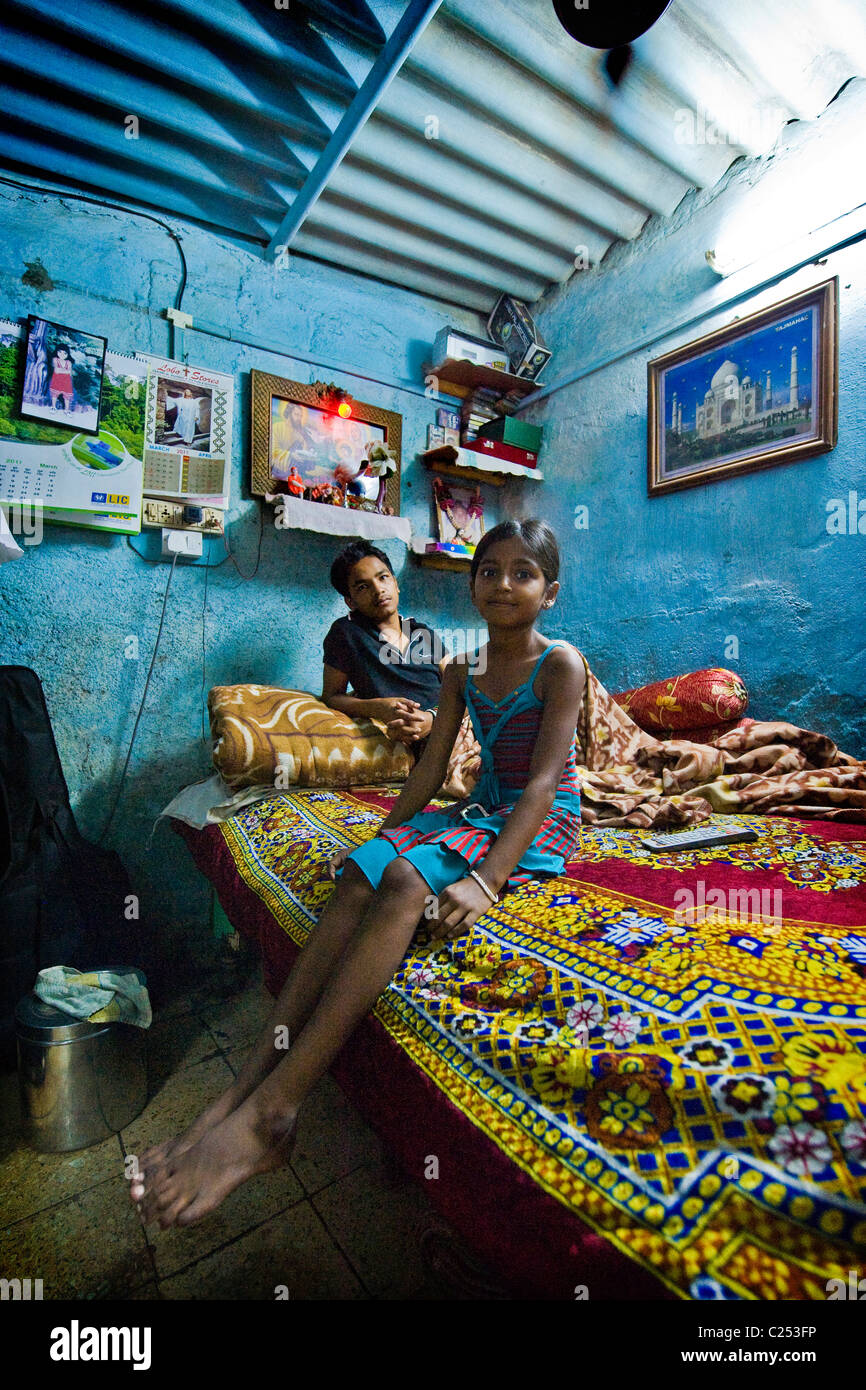Table Of Content

Throughout the 19th and early 20th centuries, poorhouses were a reality for society’s most vulnerable people. These locally run institutions filled a need in a time before Social Security, Medicaid and Section 8 housing became a reality. They also exposed the stigma and shame society placed on those who were unable to support themselves. In Vermont during the 19th century, towns or groups of towns built poor farms and poorhouses. The bodies of inmates who died in custody were shipped in barrels or boxes to the medical school at Bowdoin College.
poorhouse
New documentary on Leelanau County's Poor Farm Barn to air on WCMU - Detroit Free Press
New documentary on Leelanau County's Poor Farm Barn to air on WCMU.
Posted: Wed, 20 Mar 2024 07:00:00 GMT [source]
Located on 18 Cedar Street and referred to as the City Home (See Appendix, Figure 3), the Beverly poorhouse sat high on a hill near the present day Hurd Stadium (See Appendix, Figure 4). Now extinct, the original poorhouse was destroyed by a fire and rebuilt in 1870 (See Appendix, Figure 2). The poor farms declined in the U.S. after the Social Security Act took effect in 1935, with most disappearing completely by about 1950.
Explore This Park
A poor tax supported the overseer and the almshouse, the poorhouse or the poor farm. The Scottish poorhouse, occasionally referred to as a workhouse, provided accommodation for the destitute and poor in Scotland. Overall, poor houses in the 19th century were intended to be places of last resort for the destitute. However, they often failed to provide adequate support and instead became oppressive and dehumanizing environments. Poor farms were based on the U.S. tradition of county governments (rather than cities, townships, or state or federal governments) providing social services for the needy within their borders. Following the 1854 veto of the Bill for the Benefit of the Indigent Insane by Franklin Pierce, the federal government did not participate in social welfare for over 70 years.
Ashley Judd, Aloe Blacc open up about deaths of Naomi Judd, Avicii in White House visit
In addition, social security benefits and, later, Medicaid substantially lessened reliance on public homes until they became effectively obsolete. By the second half of the nineteenth century, the poorhouse system came to the United States from England, and poorhouses were built with great optimism. It was hoped that they would be cheaper and more efficient and also aid in the reformation of paupers, eliminating the bad habits and character defects that many people assumed were the causes of their poverty. Although this was not always the case, the poorhouse system was an improvement over previous methods used to aid the poor. Benton County appears to have been one of the first counties in Arkansas to establish a poorhouse, having one in operation by 1858, while others, such as Cleburne and Carroll counties, did not establish theirs until the late 1800s. Pope County opened its first poor farm in 1876 (although provisions were in place to care for paupers as early as 1868).
Portland, Maine, Almshouse
Almshouses were often run by local government authorities or charitable organizations and served as a form of social welfare for those unable to support themselves. Despite the horror that poorhouses conjured, the ingenuity of the poor and disabled and their resilience often undermined reformers’ plans. Constitution against “involuntary servitude,” poorhouses became technically “voluntary,” like today’s homeless shelters. Some people who were convicted of drinking or loitering could still be forced into an institution, but by the late nineteenth century, these were usually workhouses or houses of correction.
Almshouses (Poorhouses)

Many doctors in the Philadelphia area learned their trade from practicing on inmates. That being said, almshouses were institutions of last resort for many who turned to them during difficult times. The use of almshouses and the practice of institutionalizing the poor ended throughout the United States in the mid-twentieth century after three centuries of failed policy. Today’s public relief has greatly changed from the nineteenth and early twentieth centuries.
Opinion: My mother set herself on fire. Why do people choose to self-immolate?
From 'House Poor' to 'House Rich': Where Are Homeowners Best Off? - The MReport
From 'House Poor' to 'House Rich': Where Are Homeowners Best Off?.
Posted: Mon, 20 Nov 2023 08:00:00 GMT [source]
However, it is important to recognize the efforts made by social reformers who sought to improve the lives of the underprivileged and bring about change. Despite the shortcomings of the 19th century poor houses, they shed light on the urgent need for social welfare reforms, eventually leading to the development of more effective strategies in the future. The lessons learned from this era remind us of the ongoing importance of compassion, empathy, and equitable distribution of resources in addressing poverty and ensuring a more just and inclusive society. These institutions provided shelter, food, and basic care for the destitute and impoverished individuals in society.

Around holidays, she’d watch women cut bouquets of bright chrysanthemums to adorn the Catholic church. In 1907, Strafford County built a jail next to the almshouse, and in 1970 built the county nursing home in front of it. Around 66,436 people in Los Angeles County (including 41,000 people within LA city limits) experience homelessness, according to the 2020 Greater Los Angeles Homeless Count.
Oviedo’s wife, Vicky Escalante, moved out of the bedroom they shared with their 18-year-old grandson. It was traumatic for her to be there, and she felt her grandson needed privacy. With two fewer people helping with the rent, she’s worried about falling behind. The promise of Los Angeles was bright winter sun; clean, dry air; single-family homes with lawns in front and orange trees in back; and panoramas of mountains and sea.
Last year, the USDA offered states extra money to help poor kids eat over the summer when they’re not in school — if the states would foot the administrative costs. And now, when the federal government has offered to give Alabama as much as $65 million a year to help poor kids eat over the summer, these same folks are foot-shufflin’ again. Alabama could help poor kids eat better next summer, but lawmakers have their hands stuck in their own pockets as they tap dance toward the end of the session. Overseeing Tuesday’s panel and advocating for the administration’s federal action plan was Doug Emhoff, husband of Vice President Kamala Harris.
Once admitted to a poorhouse, residents were typically required to perform manual labor in exchange for their stay and assistance. This work could include tasks such as gardening, cleaning, or maintenance of the facility. The level of labor required varied between institutions, with some providing more comfortable conditions while others had stricter work requirements. The food provided in poor houses was often inadequate and of poor quality. In many cases, inmates received a meager diet consisting mainly of porridge, bread, and water.
It lured millions from dark, big-city tenements and cold Midwestern farms to the new suburbs. In places like the Pico-Union neighborhood, where Miranda lived, generations of families squeeze into tiny apartments. Construction workers, seamstresses and dishwashers live in close quarters. Day laborers bunk with half a dozen or more strangers in living spaces intended for one or two people. I believe Anne Sullivan lived I a Poorhouse in Tewksbury, Ma where the rats chewed on the children’s toes, as they slept.
In Benton County, for example, one 1861 entry in the court records declared John W. Phleming a pauper and ordered the sheriff to auction him to the lowest bidder on April 16, 1861, for a twelve-month term of service. Cleburne County also had a special fund that aided paupers prior to the establishment of the county’s poor farm. Between 1891 and 1895, Cleburne County spent, on average, approximately $860 each year to aid the county’s poor. Generally, individuals seeking admission to a poorhouse had to prove their eligibility and demonstrate their need for assistance. Local authorities or overseers of the poor would assess the applicant’s financial situation, determining if they met the criteria set by the institution.
Unlike the other states, which made their towns care for the poor, New Hampshire by 1866 required the county to provide for them. Poorhouses evolved from the English poor laws of the 16th and 17th centuries. They required the community, most often the town, to take responsibility for its poor residents. The facilities housed up to 400 occupants in cities and a slightly scaled down version was able to accommodate up to 300 paupers in rural areas. By 1868 there were fifty poorhouses in Scotland; strict regulations applied to admissions and were overseen by a local Inspector of the Poor. The number of inmates peaked in 1906 and after the introduction of the National Assistance Act 1948, the Poor Law system was abolished throughout the United Kingdom.

















